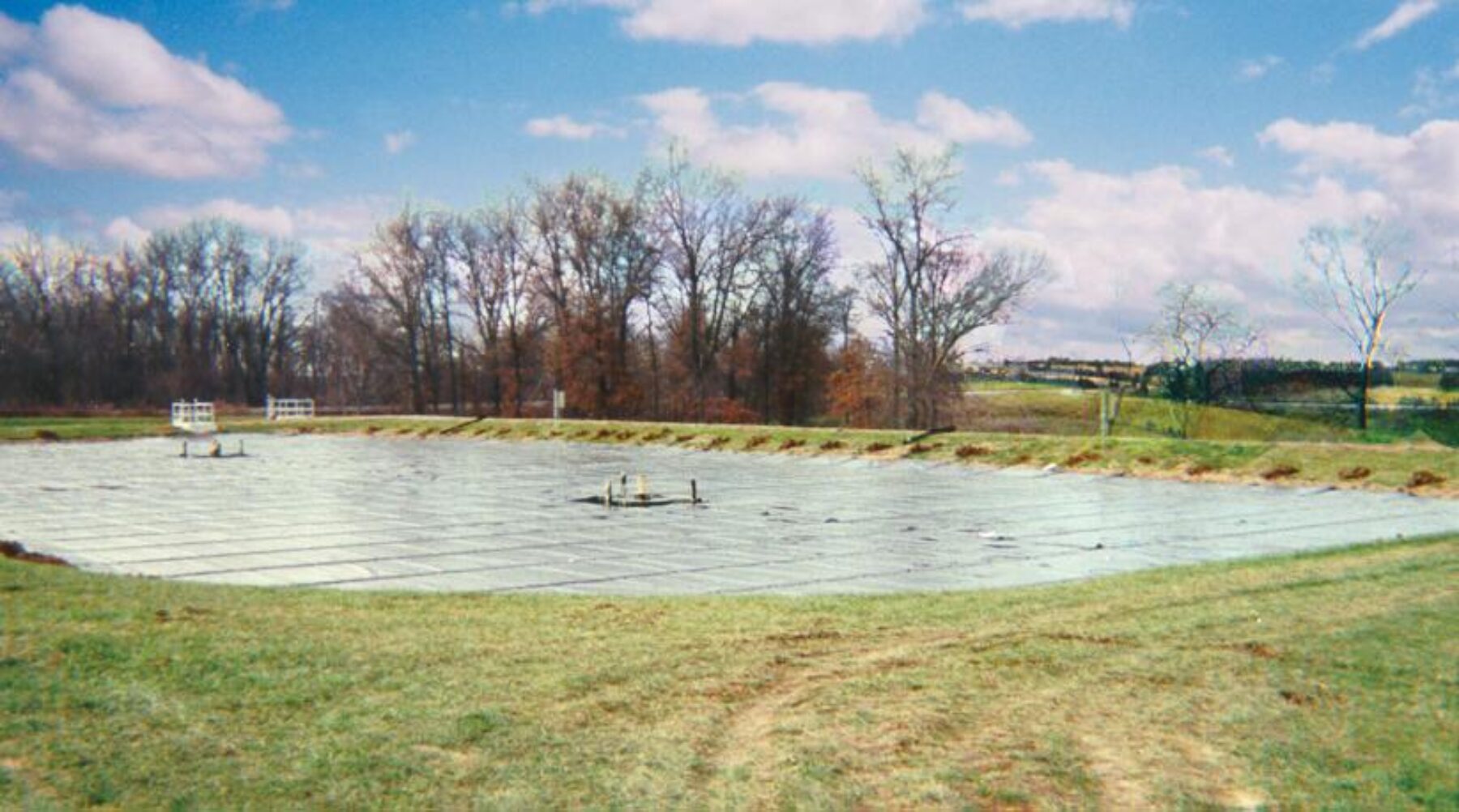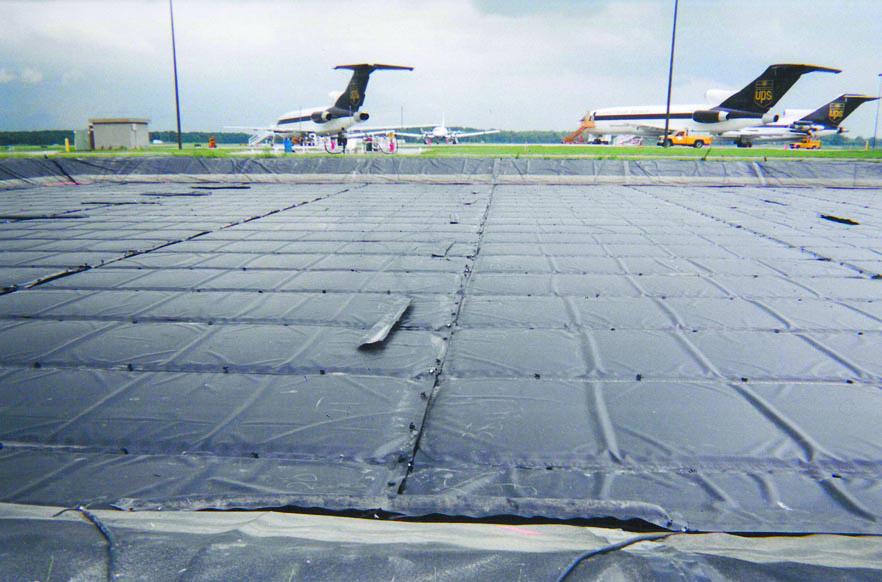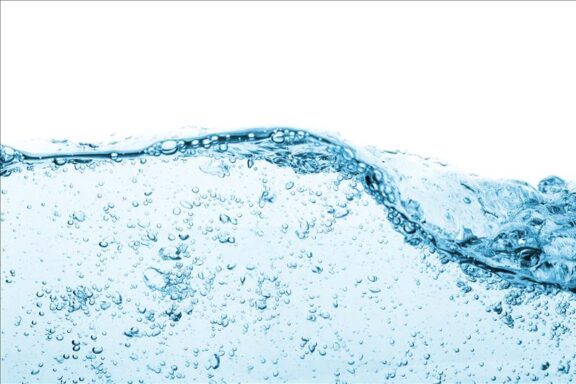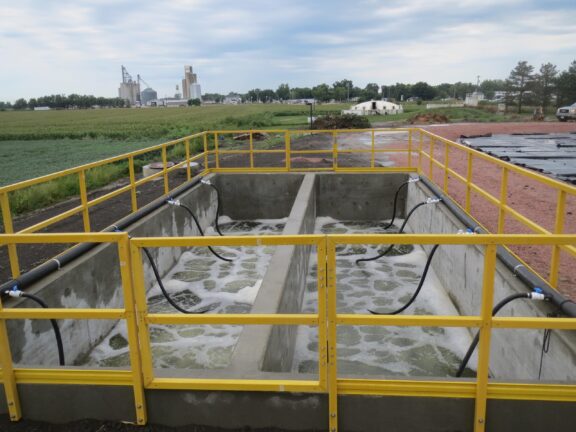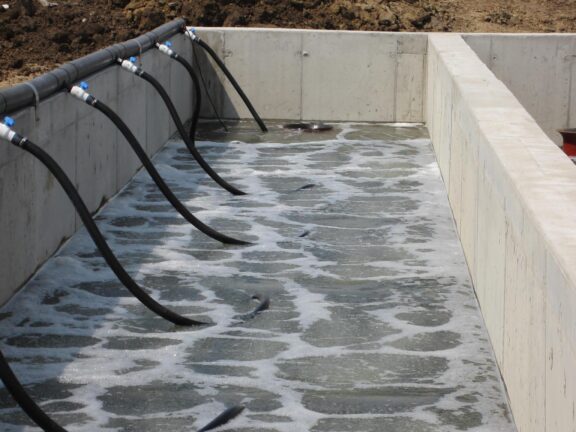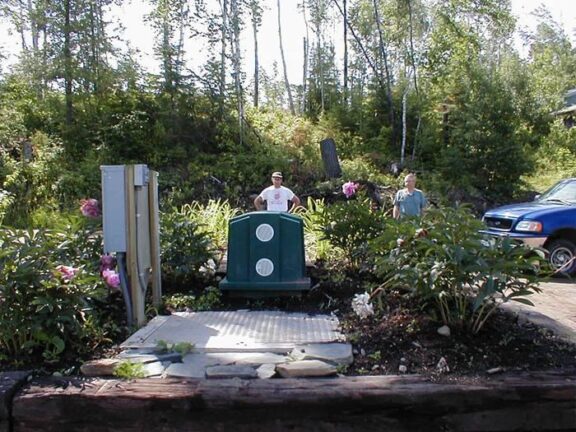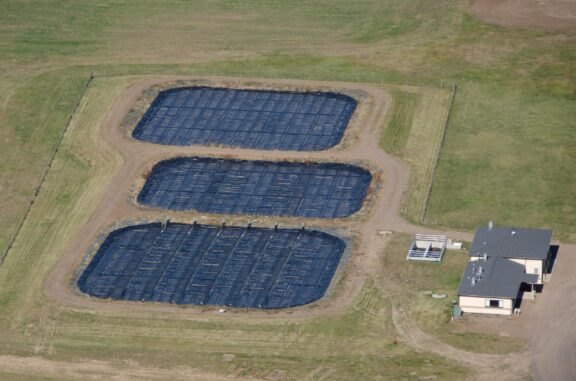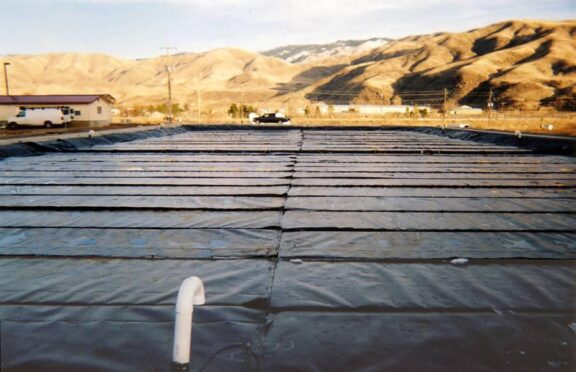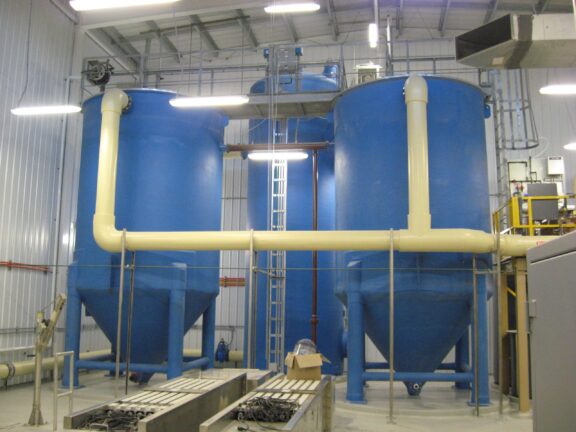Hazard Mitigation
In addition to a wildlife strike incident, there are other ways that wildlife can adversely impact the environment around the airport and other large industrial sites, such as cords being chewed through by rodents, corrosive droppings damaging equipment and the carrying of transmissible airborne disease. Surface water, including natural water bodies, poorly drained areas, aquaculture facilities, and exposed storm water detention/retention facilities are all water resources that serve as attractants to wildlife and increase the hazard level for aviation safety.
Complete coverage of water bodies both physically and visually provides the most effective means of reducing the attraction of the birds, and limit access to other wildlife as well. The LemTec™ Modular Insulated Cover is used for a dual purpose in any basin or lagoon.
For industrial wastewater facilities, the cover prevents wildlife from accessing contaminated water, preventing harm to the animals in the area and ecosystem as a whole near the facility. Whether used on tanks and ponds to protect the area from the wildlife, or if used for the purpose of protecting birds and animals from toxic or harmful chemicals, LET’s cover system provides a sturdy, thick layer of protection.
Expertise as a leader in this industry for 30+ years, an arsenal of cutting-edge technologies and a groundbreaking approach set LET apart by delivering optimized solutions for wastewater applications including hazard mitigation to meet clients’ objectives efficiently and cost-effectively. We maximize LET’s innovative technologies as stand-alone solutions or use the Advanced Integrated Lagoon Technologies (AILT) approach to design and create the best process with technologies integrated as components that successfully meet every challenge from influent to effluent.
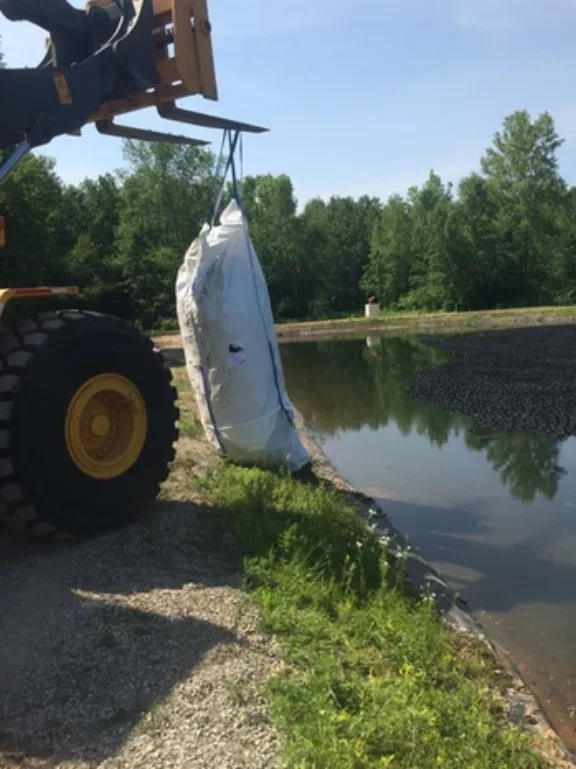 Learn more about Austin Straubel International Airport – Green Bay, WI
Learn more about Austin Straubel International Airport – Green Bay, WI
